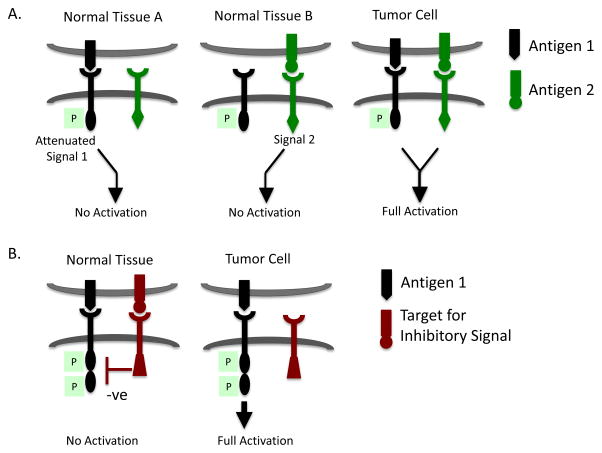Figure 2. Split receptor designs to enhance tumor selective recognition.
A. Enhancing tumor selectivity using chimeric costimulatory receptors. To reduce the potential for CAR-T cells to recognize normal tissues that may express the target antigen, dual CARs have been designed such that two molecules both of which are expressed on tumor cells must be engaged to deliver signals 1 and 2 and fully activate CAR-T cells. Normal cells that express only one of these antigens do not signal T cells sufficiently for full activation. The CAR that delivers signal 1 may need to be attenuated in signaling, such as by mutating one or more ITAMs in CD3ζ or by reducing the affinity of the scFv.
B. Enhancing tumor selectivity using inhibitory chimeric receptors. In this scenario, a CAR that delivers a dominant inhibitory signal such as might be mediated via a PD1 endodomain for example, is co-expressed with a CAR capable of full T cell activation. Engagement of both target antigens on normal cells would suppress T cell activation, whereas recognition of only the activating ligand on tumor cells would result in T cell activation and effector function.

